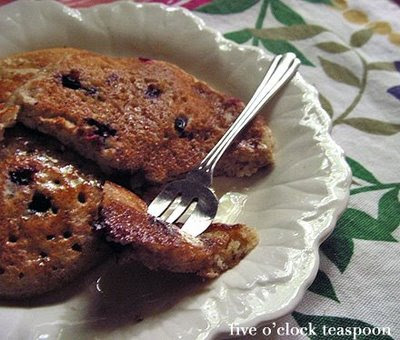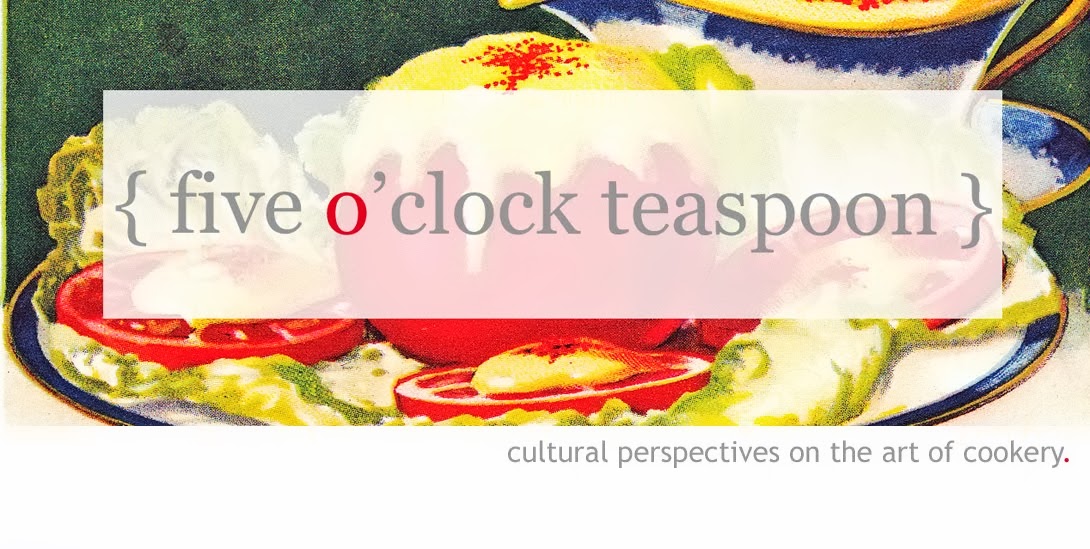
I've come to sense the arrival of midsummer by the fragrances and sounds that fill the garden. The unabashedly heady scent of Oriental and heirloom species lilies and the drone of cicadas are two of the most vivid indicators of late July.
 Lilium “Black Beauty”
Lilium “Black Beauty”Black currants, with their distinct yet subtle woodsy aroma, are one of my favorite summer scents. And their tart, assertive flavor makes them an excellent foil in sugary desserts.

This vitamin C-rich bush berry is from the Ribes family and is commonly grown in European gardens, less so in the United States. Since they're easy to grow, bountiful producers that don't take up much space, they would make an excellent choice for small gardens.
I rarely find recipes that feature black currants in a prominent way so I decided to try them in pancakes. Maple syrup (or any other sweet topping) would mellow the berries' assertiveness without sacrificing that lovely tartness. Whole-wheat flour in the batter added a pleasant nuttiness that helped balance the currants as well.

Whole-wheat pancakes with black currants
Serves 4
Ingredients:
1 1/3 cups all-purpose flour
2/3 cup whole-wheat flour
1 cup sugar
2 eggs
1 1/2 cups milk, adjust with less for denser and more for thinner pancakes
3 Tbs butter, melted and cooled
4 tsp baking powder
4 Tbs sugar
1 tsp salt
neutral cooking oil, such as canola or grapeseed
1/2 pint black currants. Take the time to gently pull off the little 'tails' at the end of each currant. It's okay (and probably unavoidable) if the skin breaks a little while doing this.
1. Beat eggs, sugar and butter in a large bowl. In a small bowl, mix flour, sugar, salt, and baking powder. Heat 1-2 Tbs of oil in a large pan.
2. When hot add spoonfuls of batter to pan. When bubbles form in batter around the edge of each pancake, scatter a small handful of currants over each one. Cook for about 2 mins. on each side until golden brown. Place under cover while you cook the next batches, adding more oil to the pan as necessary. Serve with maple syrup or confectioners' sugar and some creamy yogurt.


